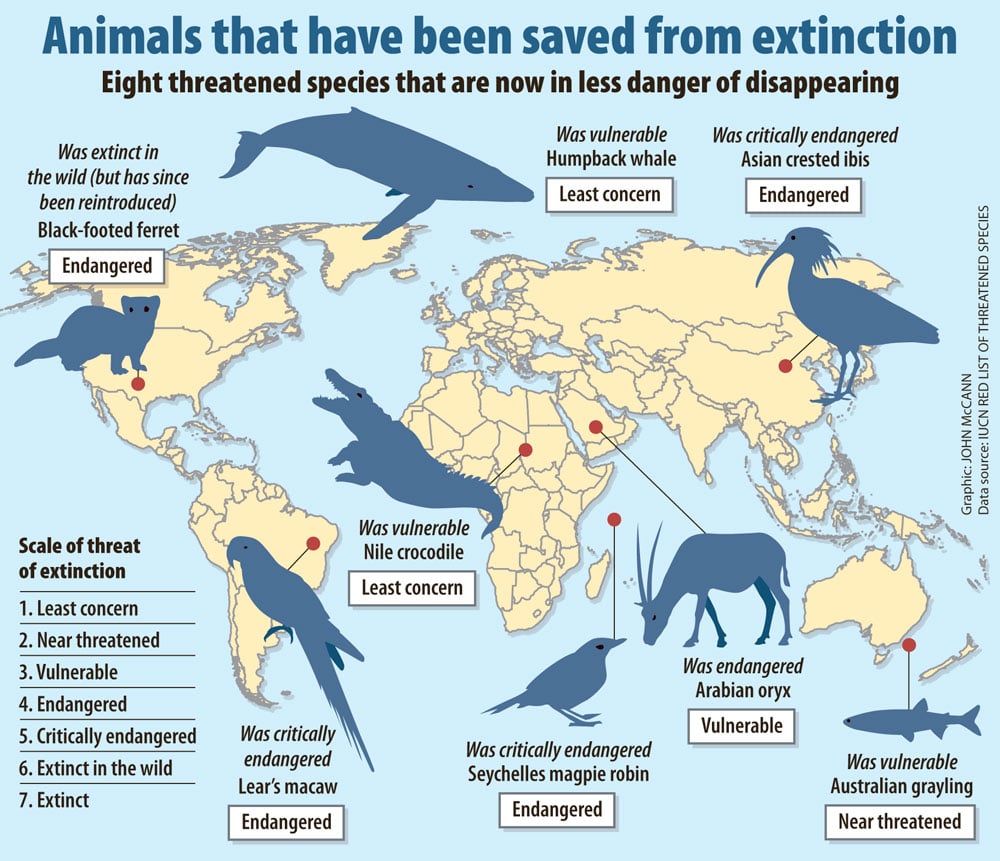(John McCann/M&G)
The Bramble Cay mosaic-tailed rat’s first recorded encounter with humans was violent. Sailors on the HMS Bramble, on discovering the volcanic outcrop between Australia and Papua New Guinea where the rodent lived, took to shooting at it. The ship’s log noted hundreds of these “large rats”.
They also named the outcrop after their vessel — a cay is a piece of coral, rock or sand that sticks out of the ocean. Bramble Cay is, at its highest point, only 3m above sea level.
Weighing in at a maximum of 160g and shorter than a 30cm ruler, the reddish-brown Bramble Cay rat was unique for two things: it was the only mammal native to the Great Barrier Reef, and its tail was covered in rough scales.
Now it’s unique because it is the first mammal thought to have been driven to extinction by climate change.
Thanks to human carbon emissions trapping heat in the atmosphere, thereby driving global warming, the seas around the Bramble Cay have started to rise and become more violent. This has eaten away at the only known habitat where the rodent had evolved to live.
Late last month, the Australian government’s department of environment and energy announced that it had moved the rodent from the endangered list to the extinct list. In doing so, they said it is the first known instance of a mammal going extinct because of climate change.
The state of Queensland, where Bramble Cay island is located, started the process with a similar announcement in 2016, after a survey of rodent numbers on the island in 2014.
Bramble Cay, also known as Maizab Kaur, is just 340m wide and 150m long. Most of it is made up of sand and compacted guano, with just one end rocky enough to support vegetation — and a lighthouse. The mosaic-tailed rats made this their niche. Eating succulents and turtle eggs, they were Australia’s most isolated mammal species.
Camera traps and on-site inspections were used for the 2014 survey of their numbers. None was found. A local fisherman said he hadn’t seen one since 2009.
In recommending that the species be declared extinct, the researchers placed the blame squarely on climate change. Extinction happened as a result of “ocean inundation of the low-lying cay [rocky outcrop], very likely on multiple occasions during the last decade”. This had caused “dramatic habitat loss and perhaps also direct mortality of individuals”.
The researchers concluded: “Significantly, this probably represents the first recorded mammalian extinction due to anthropogenic [resulting from human action] climate change.”

That change is being driven by excessive carbon emissions trapping heat in the atmosphere. This has already warmed the world by 1°C since the Industrial Revolution started two centuries ago, and is going to warm the world by an additional 2°C in this century alone — despite countries agreeing in Paris in 2015 to keep warming below a total of 2°C.
Groups such as the United Nations’s Intergovernmental Panel on Climate Change have long warned that much of this warming goes into the oceans. It melts massive chunks of ice, which results in more water in the oceans.
It also heats the oceans so they expand. That means rising sea levels and more violent storm surges, which eat away at the thousands of islands and outcrops, including Bramble Cay, that are scattered around the world.
For animals that have evolved to live on these precarious pieces of Earth, like the mosaic-tailed rat, this will mean increasing extinctions.
Fragile habitats: The map shows the habitats of endangered and extinct land mammals. According to the IUCN Red List of Threatened Species, more than 26,500 species are threatened with extinction. (Source: IUCN Red List. M&G Data Desk, Jacques Coetzee)
And they are only a small part of the picture; the world’s life forms are going through their sixth mass extinction event, driven largely by human destruction of ecosystems. These are species that other animals and plants have evolved
to depend on. Take one, two and then a million out of an ecosystem and its starts to crumble. These are the ecosystems that form the basis for human existence.